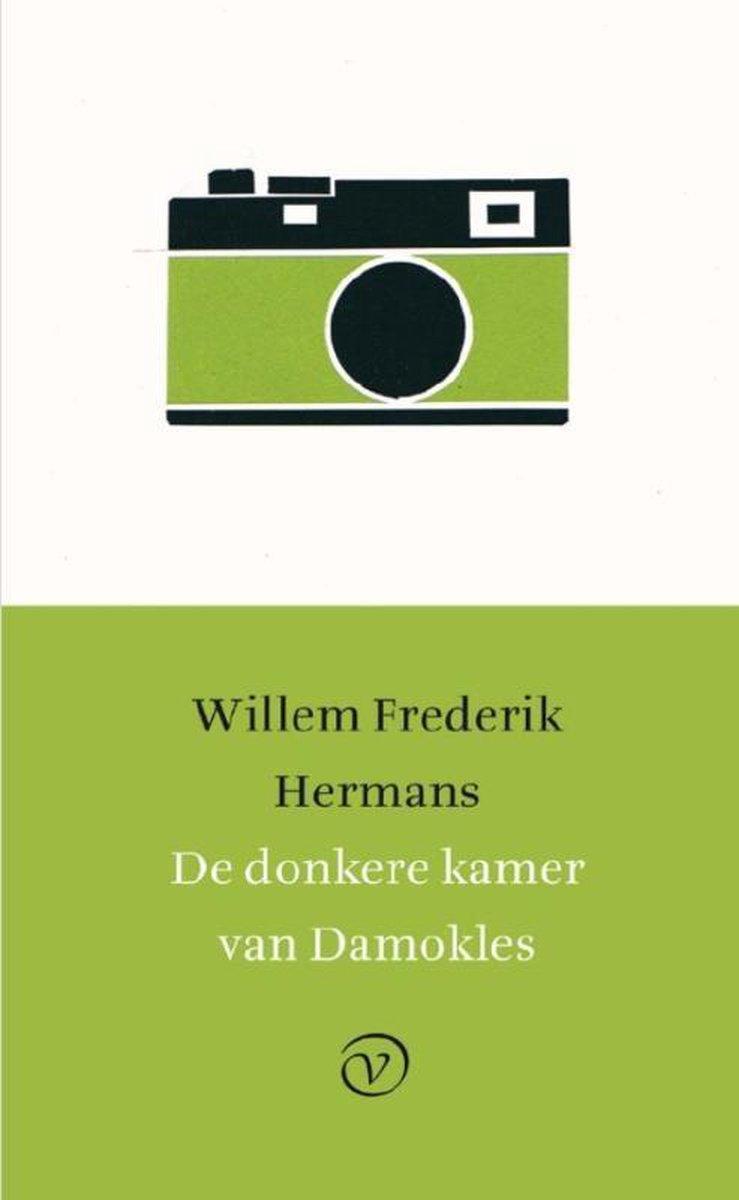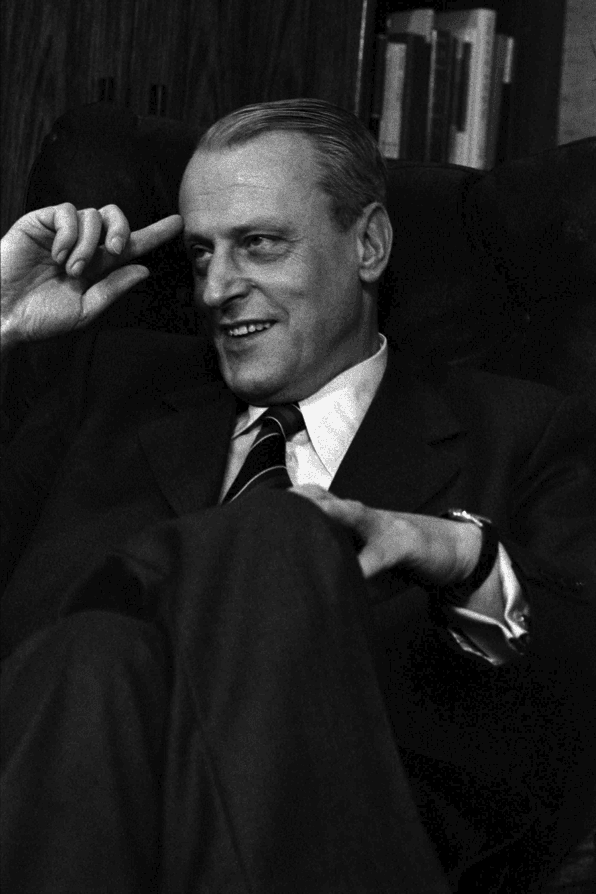The Darkroom of Damocles
Willem Frederik Hermans was an adolescent in Amsterdam during the Second World War, a period that made an indelible impression on him, compounded by his older sister and cousin committing suicide soon after the German invasion in 1940. Hermans often chooses the war as backdrop for his novels, since it is an environment in which malice and misunderstanding, and the pointlessness of our existence can best be brought to the surface. 'The Darkroom of Damocles' is no exception.

During the German occupation of Holland, tobacconist Henri Osewoudt is visited by Dorbeck. Dorbeck is Osewoudt’s spitting image in reverse. Henri is blond and beardless, with a high, squeaky voice. Dorbeck is dark-haired, and his voice deep and masculine. ‘I had the feeling I was an extension of him, or even part of him. When I first set eyes on him I thought: this is the sort of man I should have been.’
Dorbeck gives Osewoudt a series of dangerous assignments: helping British agents and taking out traitors. But the assassinations get out of hand, and when Osewoudt discovers that his wife denounced him to the Germans, he kills her too. Having survived all the dangers, at the end of the war Osewoudt is himself taken for a traitor and captured. Osewoudt cannot prove that he received his assignments from Dorbeck.
There is his accurate delineation of place, the inscrutability of his characters and a fascination with language’s capacity to order reality.
Times Literary Supplement
Worse, he cannot prove that Dorbeck ever existed. When he develops a roll of film that should show a photograph of the two of them together, it turns out that the picture is a dud. He flees from prison in panic and is dishonourably shot on the run.
The story of Osewoudt’s fateful wanderings through the ‘sadistic universe’ (the title of one of Hermans’ essay collections) is extraordinarily gripping. Is Osewoudt hero or villain? Or is he a psychopath, driven by delusions? The Darkroom of Damocles is composed of sharp, suggestive and relentless sentences, and its ambiguous ending is debated by critics to this day. It is the impossibility of ascertaining whether Osewoudt was on the ‘right’ side or the ‘wrong’ side - the moral issue of the Second World War in a nutshell - that makes Hermans’ novel as breathtaking now as when it was written a decade after the war.
Not only would Dutch literature be considerably less without Hermans; so would the European literature.
Süddeutsche Zeiting
Hermans is a prominent European author who has continued the tradition of E.T.A. Hoffman, Kleist, Kafka, Céline and Sartre in a unique way.
Neue Zürcher Zeitung
